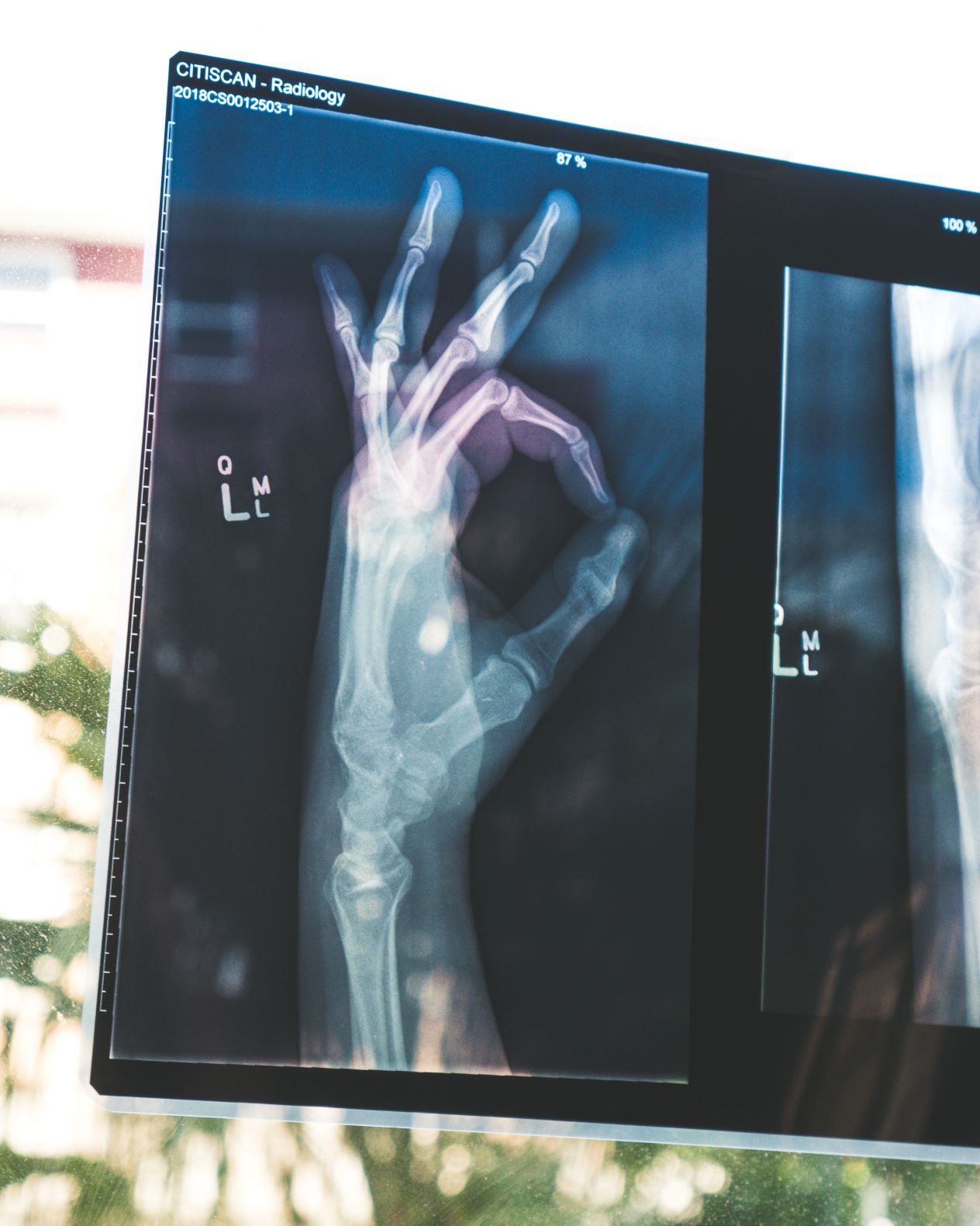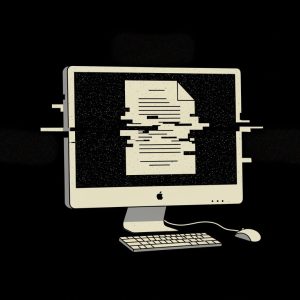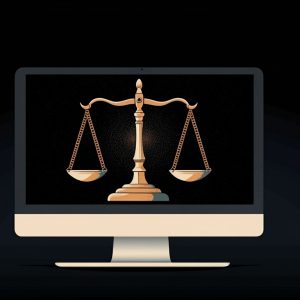
US clinical simulation bodies are calling for “virtual” clinician hours to be recognised by regulators, allowing medical students to accrue enough hours through augmented reality and other technologies to graduate amidst the Coronavirus crisis.
The Society for Simulation in Healthcare (SSH) and the International Nursing Association of Clinical Simulation and Learning (INACSL) have both called on all US regulatory bodies to allow virtually simulated hours in clinic to count towards training.
They say “thousands of nursing students who planned to graduate in a couple of months are being blocked” due to clinical hour requirements that could be done virtually.
A spokesperson for the SSH said: “We can attest that virtual simulation has been used for over a decade successfully. Further, research has repeatedly demonstrated that use of virtual simulation — simulated healthcare experiences on one’s computer — is an effective teaching method that results in improved student learning outcomes”.
How Else Can Simulated Reality Help With Healthcare?
Augmented and virtual reality has been used increasingly in medical research, training and surgery throughout the past decade. Companies such as Brainlab in Wales are creating tech that will support doctors and nurses at every level.
A press release by the company notes: “With the help of head-mounted displays, mixed reality inserts photorealistic 3D objects into the room. Surgeons no longer have to imagine patient anatomy, they can actually reach out and interact with it”.
With the use of big data and machine learning, Brainlab and AR company Magic Leap are creating third-party spatial computing applications for surgery, radiotherapy, and other medical interventions. This allows them to build on a spatial computing development ecosystem that supports management, visualization, augmentation and navigation of diagnostic imaging data.
Read This! Augmented Reality Examples Increasingly Abound: Here’s How AR is Being Used
Current applications of AR during day-to-day medical work consist of layering imaging and data within a health care professional’s eyeline during practice, according to Bertalan Mesko creator of the Medical Futurist channel
“AR can bring significant, even life-saving information into the clinician’s field of vision” explains Mesko.
“If there is a complicated operation, there isn’t much time to check whether a patient has a specific allergy, so the physician could see the relevant data in augmented reality in seconds. The location of the veins for the nurses while taking blood could be projected onto the skin to reduce the number of mistakes.
“Simply put, AR has great potential in healthcare”.






